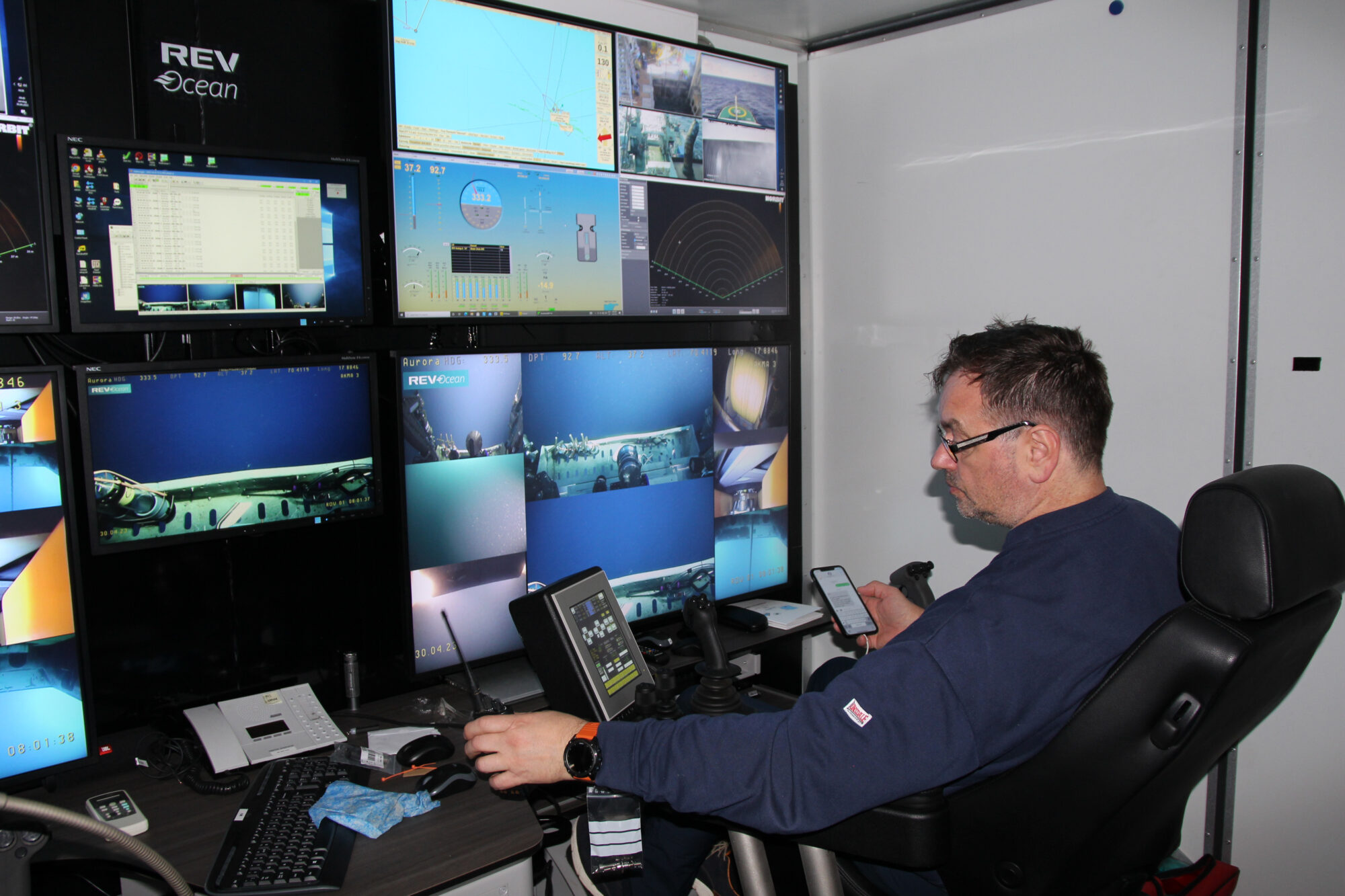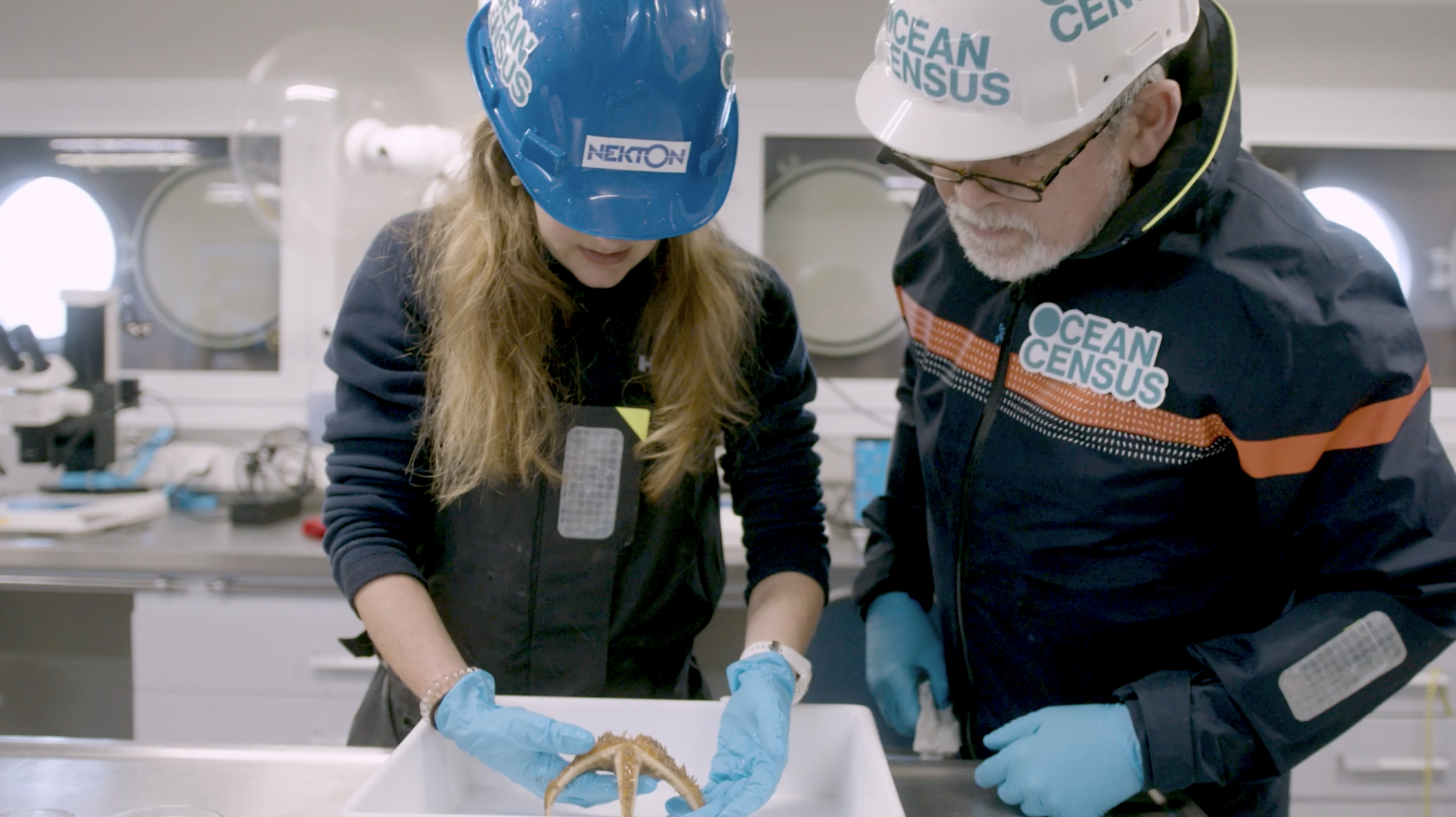

Barents Sea was the first expedition that the Ocean Census participated in, led by the University of Tromsø – The Arctic University of Norway, in collaboration with REV Ocean.
The expedition was part of the AKMA project, hosting researchers from different institutions. Ocean Census taxonomists participated to discover the life living on the seafloor including around methane-rich, cold seeps, at depths of 100 to 500 metre depths.
The Barents Sea was selected as expedition location for its abundance of cold seeps, which form unique habitats supporting biodiverse chemosynthetic ecosystems adapted to these environments. The Expedition’s mothership was the Norwegian icebreaker RV Kronprins Haakon.
The deep and cold waters of the Arctic host a high diversity of corals. Soft corals are one of the three main groups of corals found in the world, and do not possess a stony skeleton like hard corals. Instead, they have a variety of shapes, including fan-like, whip-like or feather-like.
Glass sponges (Hexactellinida) are animals commonly found in the deep ocean living on hard surfaces. Their skeleton is composed of silica spicules, which may fuse together in intricate structures.
Many sea pens look similar old fashioned quill pen, which is where their name comes from. Each sea pen is a colony of polyps, with all polyps taking on a specific role. They tend to live in deeper waters on stable seabed environments.
Crustacean is a collective term for a diverse group of animals with hard external skeletons (‘exoskeletons’), and include species as crabs and lobster. Crustacean groups likely to be encountered around cold seeps include decapods (crabs, squat lobster, shrimp), amphipods and isopods.

To investigate the effects changing ocean conditions have on the physical, biological, and chemical characteristics of extreme environments (methane and oil seepage sites).
To investigate the megafauna (> 50 mm), macrofauna (0.5 – 50 mm) and meiofauna (0.063 – 0.5 mm) of cold seeps and non-seep environments.
Providing training for the next generation of experts in Arctic marine sciences and greenhouse gas phenomena.
Hosting university and Erasmus students from institutions around the world, including Norway, France, Singapore, Ukraine, Greece, USA and Italy.
Facilitating access to knowledge and information including via live events for students globally and via social media.